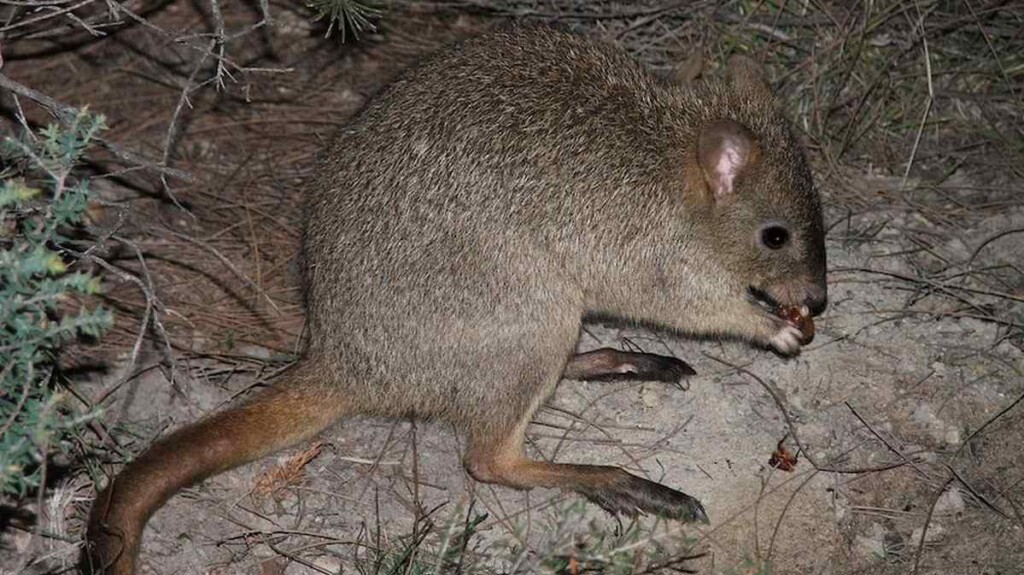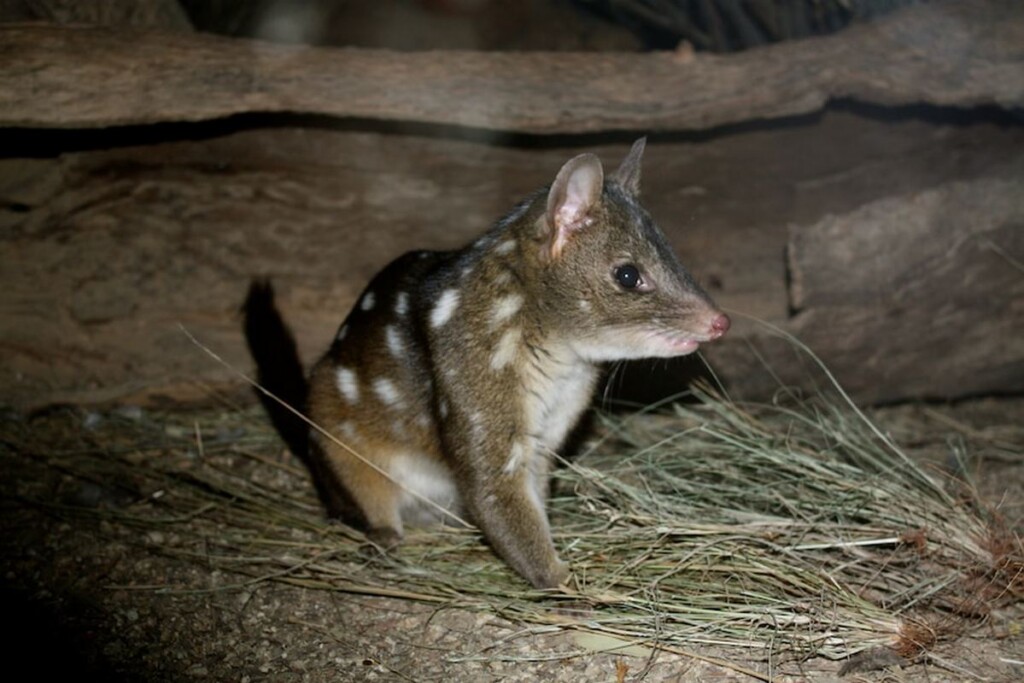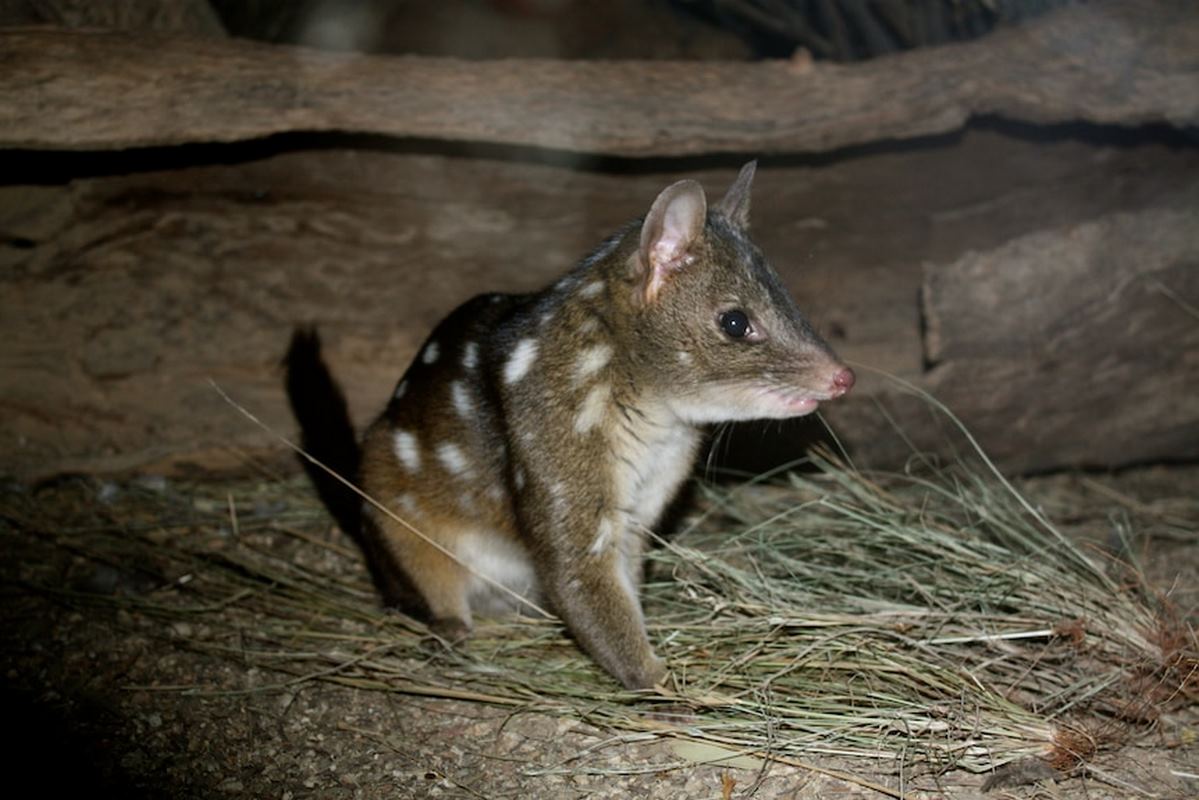
A critically endangered Australian marsupial is being seen at the greatest-ever frequency since a government agency started working to conserve them.
Australia is filled with small endangered marsupials that have been overhunted by feral foxes and cats, and the woylie, an herbivore native to the state of Western Australia, is an unhappy example of this invasive predation.
But in a forest landscape 3 hours south of Perth, a conservation program initiated by the Department of Biodiversity, Conservation and Attractions of Western Australia has recorded a record number of woylie sightings this year.
34 woylies have been trapped and tagged with GPS tracking anklets, where just 2 were found in the Batalling State Forest in all of 2019.
“There are a lot of challenges for our native fauna and flora across Western Australia and Australia due to the threats to biodiversity, but these kinds of results are really promising,” program coordinator Ashley Millar told ABC News Australia.
Woylies are one of Australia’s native ecosystem engineers—like bison and beavers in Europe and North America—meaning a species whose behaviors cause cascading changes that alter the entire ecosystem in which they live.
MORE ON AUSTRALIAN ANIMALS: ‘Turning Back the Tide of Extinction’ Australian Mammals Are Coming Back: Bandicoots, Bilbies, Potoroos
Beavers do it by building dams, bison do it by trampling things, and woylies do it by digging for the roots and tubers that they eat.
Their preferred food item is actually the truffle—the same one that bumps up the price of a bowl of pasta by $10, and which some dog species are specially-bred to find.

Part of the conservation program has involved the management of wild foxes and cats; brought to Australia by European settlers and unwittingly caused an ecosystem disruption. The ground-dwelling marsupials never needed to evolve the speed or stealth to escape such successful predators as cats and foxes, and all across Australia these species have to be managed so as not to overhunt the local wildlife.
MORE GOOD NEWS FOR MARSUPIALS: Threatened Western Quolls Return to Western Australia After 100 Year Absence
Also in Batalling were found a growing number of Western quolls, or ‘chuditch’ another of the continent’s endangered marsupials, and despite being no bigger than a raccoon is Western Australia’s largest carnivorous mammal.
SHARE This Encouraging Return Of The Woylie On Social Media…




















